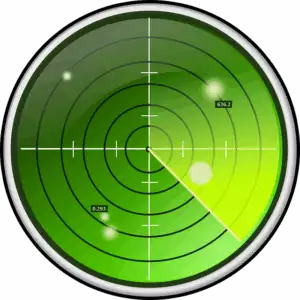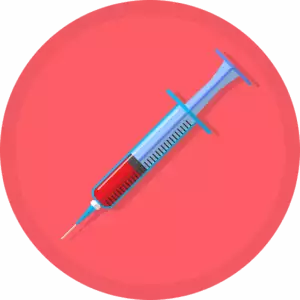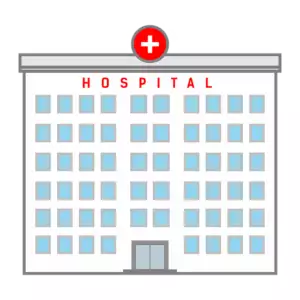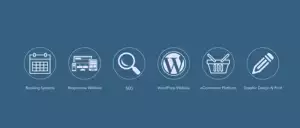Mastering Leak Detection: Techniques, Technology, and Preventive Strategies
Water leaks, often hidden, can cause significant property damage and costly repairs. Effective leak…….
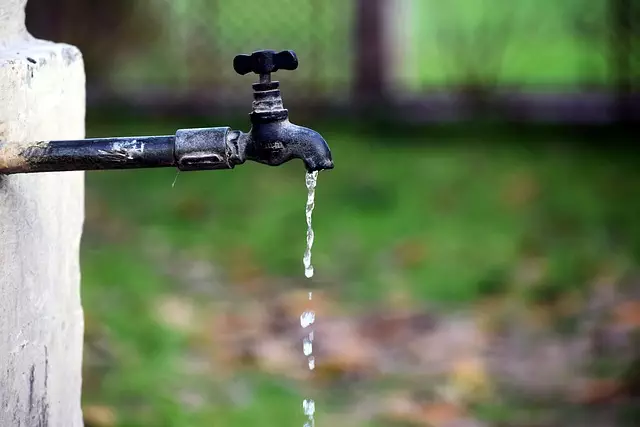
Water leaks, often hidden, can cause significant property damage and costly repairs. Effective leak detection using advanced technology like moisture meters, thermal imaging, and radar systems is crucial for homeowners and businesses. Modern techniques are faster, more accurate, and less disruptive than traditional methods. Digital technology facilitates remote monitoring and predictive analytics, conserving resources and minimizing damage. When choosing a leak detection service, select providers with expertise in various leak types, using cutting-edge tech like infrared cameras. Successful cases demonstrate the cost savings and property preservation benefits of professional leak detection. Immediate action after detection includes repairing pipes, fixtures, and appliances, as well as adopting water-efficient technologies for ongoing prevention.
Water leaks are a common yet costly issue for homes, businesses, and municipalities. Effective leak detection services are crucial for minimizing water waste, preventing property damage, and reducing utility bills. This article explores the evolving landscape of leak detection, delving into its importance, common sources, and the latest techniques, from traditional methods to modern technological advancements. We’ll guide you through choosing a provider, share successful case studies, and offer preventive measures to keep your water systems leak-free.
Understanding Leak Detection: The Importance and Common Sources of Water Leaks

Water leaks are not just an inconvenience; they can lead to significant damage and costly repairs if left unchecked. Understanding leak detection is, therefore, crucial for homeowners and businesses alike. This process involves identifying and locating sources of water seepage within a structure, enabling prompt action to mitigate potential harm. From aging pipes and faulty fixtures to hidden leaks behind walls or under floors, common sources of water leaks are varied.
While some leaks may be easily visible, others can be more insidious, making them difficult to detect. That’s where professional leak detection services come into play. They employ advanced technology such as moisture meters, thermal imaging cameras, and radar-based systems to uncover these hidden problems. By quickly identifying the source and extent of a leak, these services not only save property owners from substantial financial losses but also help preserve the integrity of buildings and reduce water wastage.
Traditional vs Modern Leak Detection Techniques: A Comparative Analysis

In the realm of leak detection, the evolution from traditional methods to modern techniques has brought about significant advancements and efficiencies. Traditional leak detection often relied on time-consuming processes such as visual inspections, listening for dripping sounds, or using smoke machines to identify leaks in hidden areas. These methods required extensive manual labor and could only detect visible or audible signs of water intrusion.
Modern leak detection services, on the other hand, leverage cutting-edge technology like infrared cameras, moisture meters, and ground-penetrating radar. These tools enable professionals to non-invasively scan through walls, floors, and ceilings to pinpoint even the smallest leaks. By providing detailed data and precise locations, modern techniques save time, reduce damage, and offer cost-effective solutions for both residential and commercial properties. This comparative analysis highlights how technological innovation has revolutionized leak detection, making it faster, more accurate, and less disruptive.
The Role of Technology in Enhancing Leak Detection Efficiency

In today’s digital era, technology plays a pivotal role in enhancing the efficiency of leak detection services. Advanced tools like moisture meters, thermal imaging cameras, and ground-penetrating radar (GPR) are revolutionizing the way leaks are identified and located. These instruments provide accurate data and real-time insights, enabling professionals to swiftly pinpoint the source of leaks, whether they’re hidden beneath surfaces or concealed within complex systems.
Moreover, digital technology facilitates remote monitoring and predictive analytics, allowing for proactive leak detection. Smart sensors can detect even the slightest anomalies in water pressure or temperature, sending alerts before a leak becomes a major issue. This not only saves time and resources but also minimizes damage to properties and infrastructure. The integration of these innovative solutions is transforming the landscape of leak detection services, making them more efficient, effective, and accessible.
How to Choose the Right Leak Detection Service Provider

When choosing a leak detection service provider, it’s crucial to consider several factors to ensure effective and efficient resolution. First, verify their expertise and experience in handling various types of leaks, especially those specific to your property or infrastructure. Look for professionals who employ advanced technology like infrared cameras, moisture meters, and ground-penetrating radar, as these tools can pinpoint leaks accurately and quickly.
Secondly, check their reputation and customer reviews. Opt for providers with a proven track record and positive feedback from previous clients. Reputable companies will offer transparent pricing, detailed reports, and excellent customer service throughout the leak detection process. Additionally, ensure they have the necessary licenses, permits, and insurance to protect both your property and their workers during the inspection and repair stages.
Case Studies: Successful Leak Detection Missions and Their Impact

Successful leak detection missions offer valuable case studies that highlight the tangible impact and benefits of professional leak detection services. These real-world scenarios demonstrate how advanced technology, expert knowledge, and strategic planning can lead to swift and effective resolution of water leaks. For instance, consider a recent mission where a large commercial building was experiencing recurring water damage. Through meticulous monitoring and utilizing infrared cameras and moisture meters, the team identified a hidden leak behind walls that would have otherwise remained undetected. This successful intervention not only prevented further structural damage but also saved the client substantial costs associated with repairs and business interruptions.
Another compelling case involves a residential property where a family noticed a subtle increase in their water bills. A leak detection specialist was engaged to investigate, and through non-invasive techniques like acoustic detection and chemical tracing, they located a small but persistent leak under the kitchen sink. By quickly repairing this issue, the family avoided hundreds of dollars in wasted water and potential mold growth. These case studies underscore the significance of professional leak detection, emphasizing not only cost savings but also the preservation of properties and resources through early intervention.
Preventive Measures: Mitigating Risks and Reducing Water Wastage Post-Leak Detection

After identifying leaks through professional leak detection services, taking prompt action is crucial for mitigating risks and reducing water wastage. Preventive measures should focus on repairing or replacing faulty pipes, fixtures, and appliances. Regular maintenance checks can help identify potential issues early, preventing minor leaks from becoming major problems. Install water-efficient fixtures and appliances to further minimize water consumption and reduce the risk of future leaks.
Additionally, adopting smart water management practices can significantly contribute to leak prevention. This includes monitoring water usage patterns, installing smart meters, and utilizing advanced technologies that detect unusual water flow or pressure changes. By combining these measures with regular inspections, homeowners and businesses can proactively manage water resources, ensuring both cost savings and environmental sustainability in the long term.

